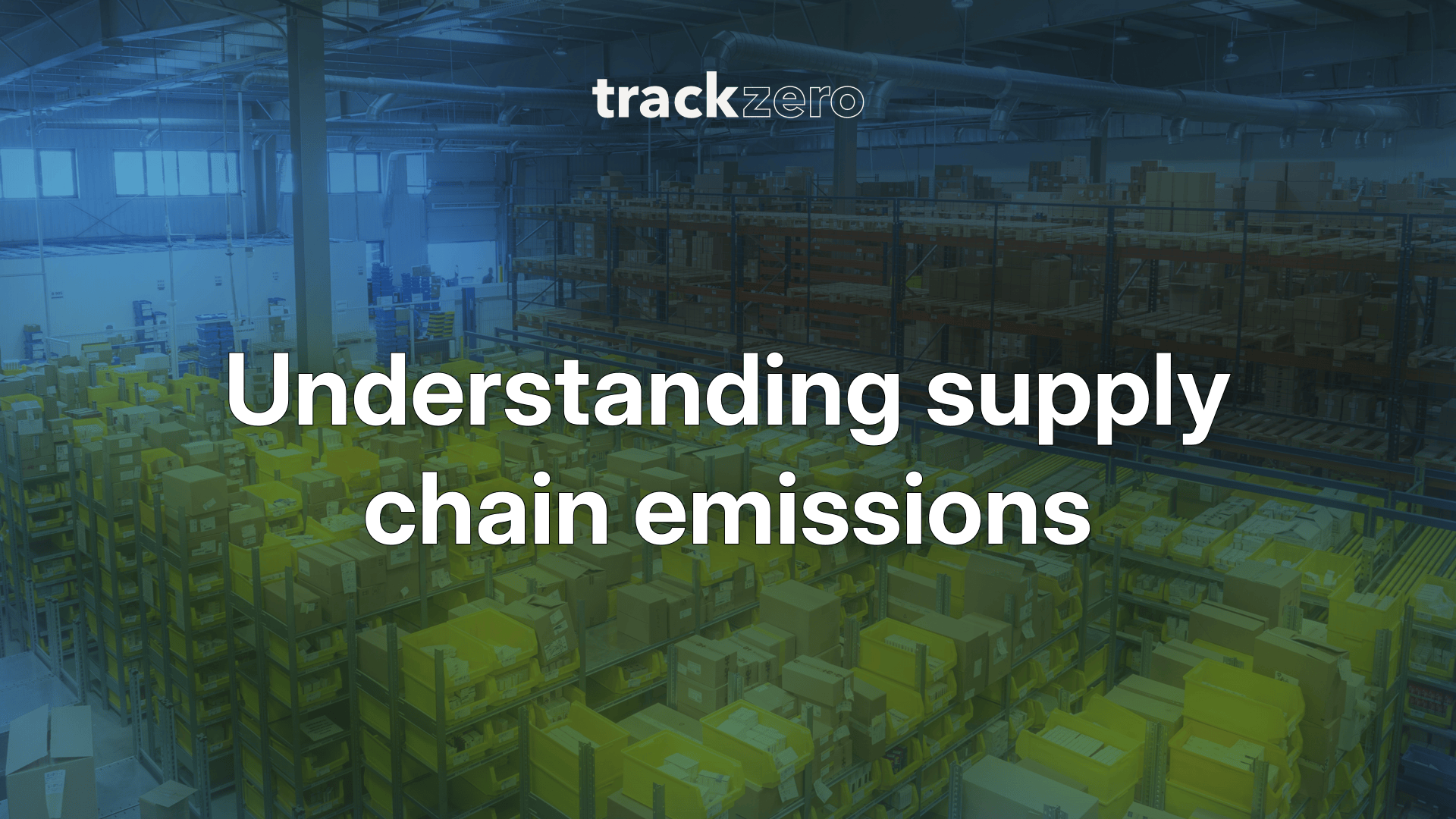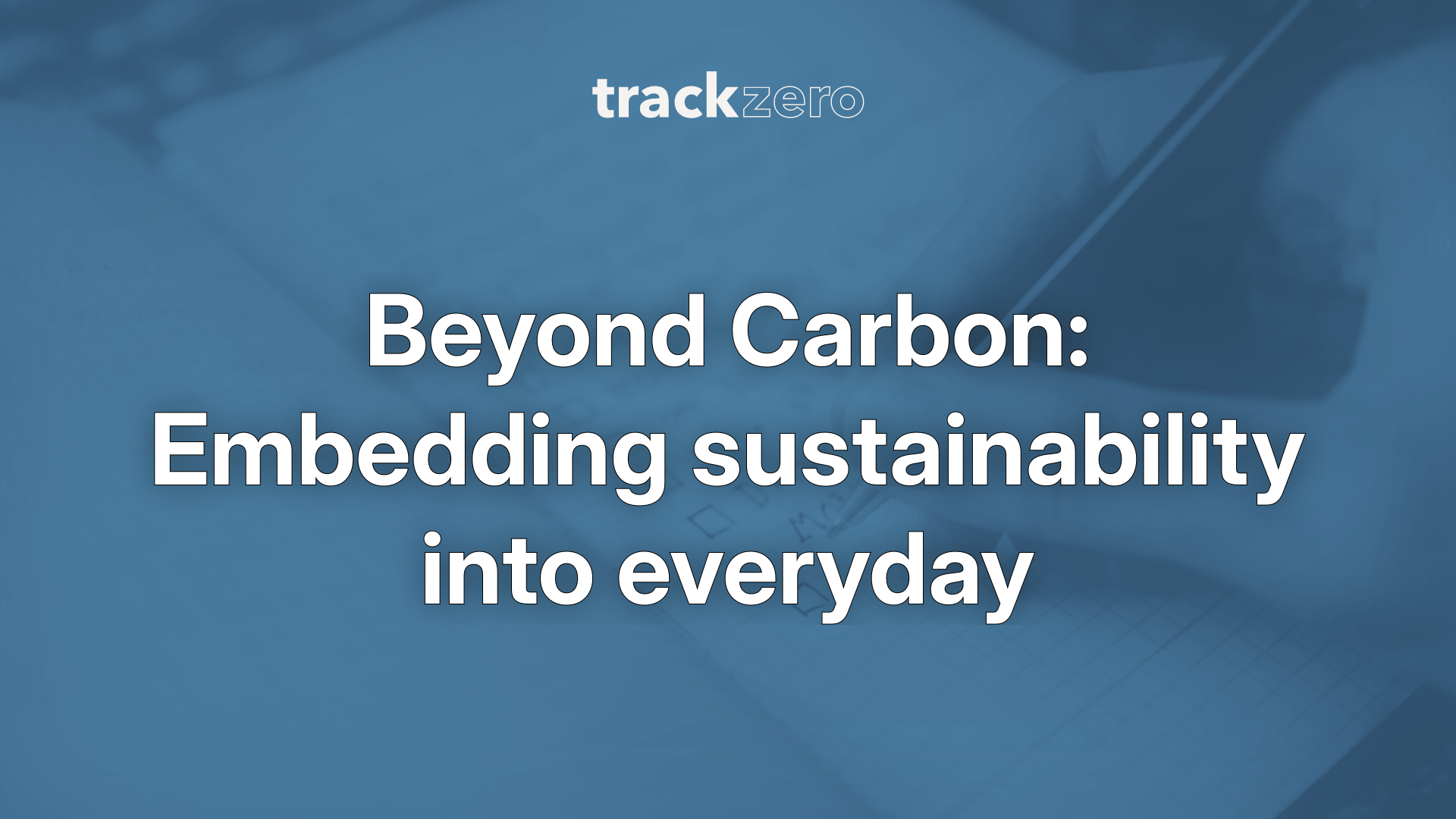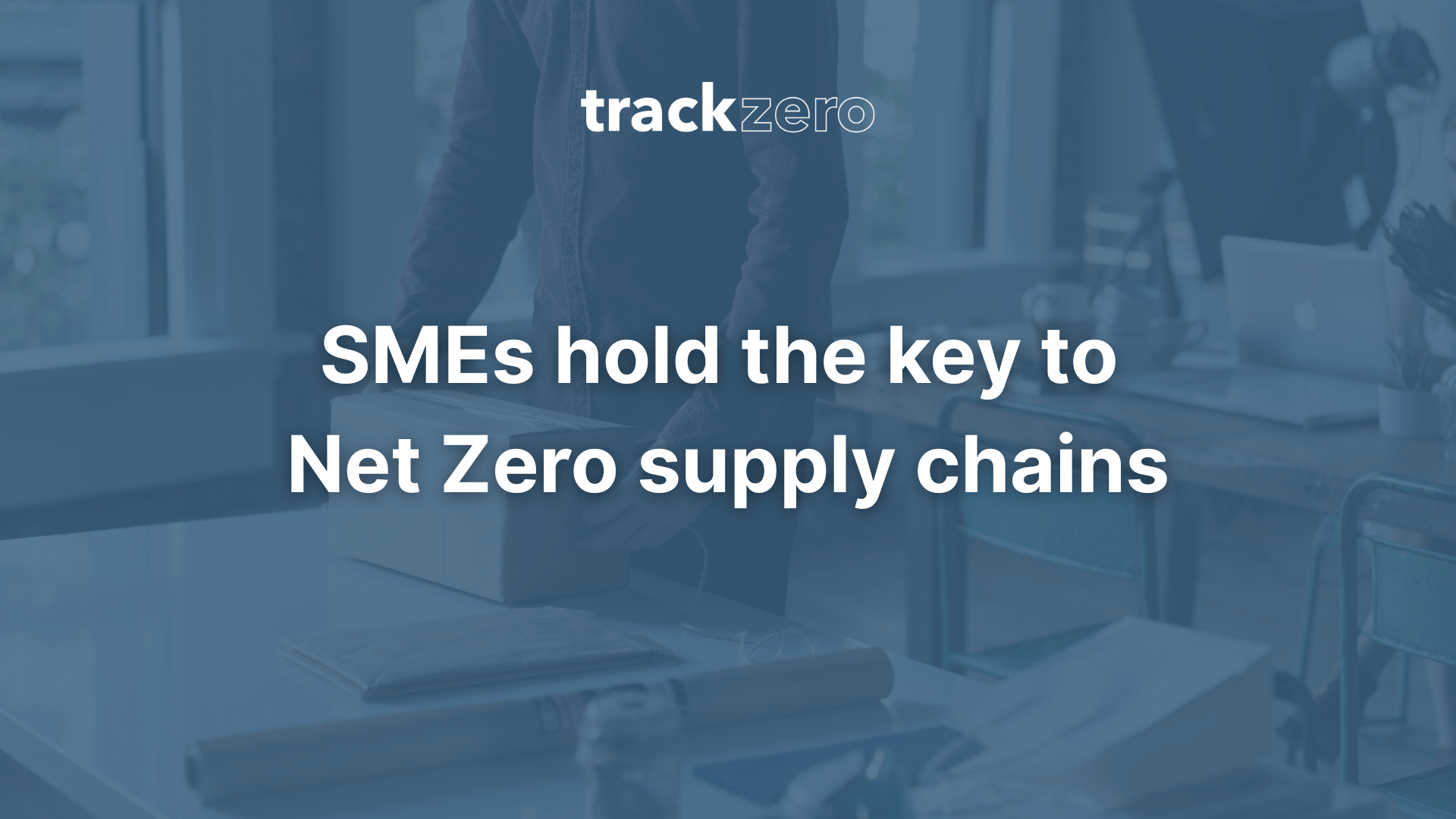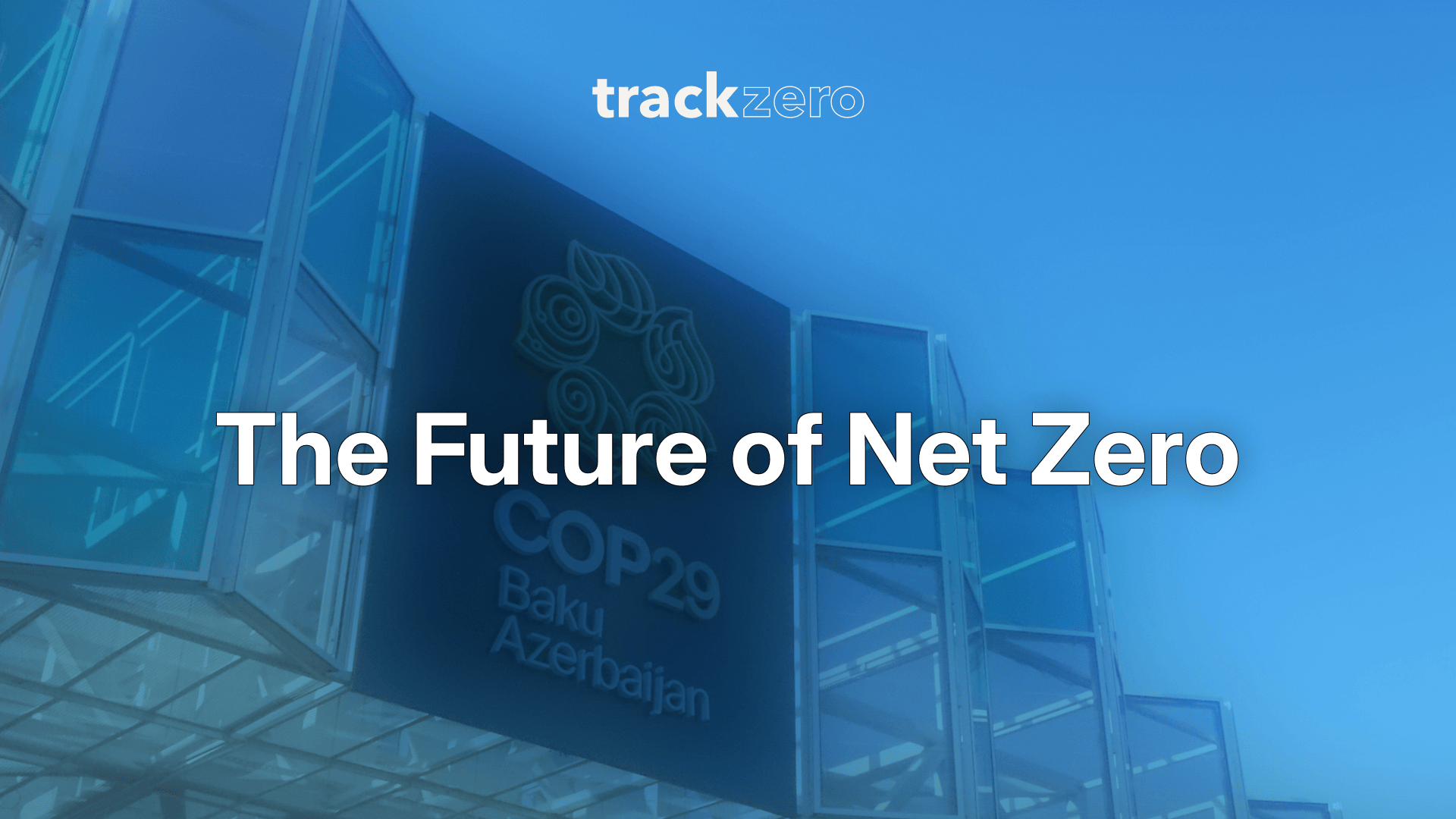When it comes to tackling carbon emissions, Scope 3 often feels like the "wild west" of sustainability reporting. Unlike scope 1 (direct emissions from your operations) or scope 2 (indirect emissions from purchased energy), scope 3 covers your entire value chain, both upstream and downstream. That means everything from the emissions embedded in your purchased goods and services to the lifecycle of your products once they leave your hands.
For many organisations, the default way to estimate these emissions has been using spend-based calculations. Essentially, you take the money you spend on goods or services and apply industry-average emission factors. On the surface, it's quick, easy, and feels like a reasonable shortcut.
But here's the catch...
- Accuracy suffers: Spend doesn't equal impact. Two suppliers can deliver the same service at the same cost but have drastically different carbon footprints.
- Lack of differentiation: You can't identify which suppliers are outperforming or underperforming on sustainability, so you lose opportunities to drive real change.
- Limited actionability: Without supplier-specific data, your carbon reduction strategies hold guesswork.
For example, spending £1,000 on a table from IKEA could result in the same emissions estimate as spending £1,000 on a similar table made locally with sustainable materials... clearly, that doesn't give you an accurate picture of the real impact 🪑
The future of Scope 3 reporting lies in supplier engagement. Statistics show that corporate scope 3 emissions are 26 times higher than their operational emissions, and 62% of companies say that a lack supplier data is their biggest barrier for scope 3 reductions. It is time to change!
Turning scope 3 from a challenge into an opportunity 💡
While scope 3 can feel overwhelming, it's also where the biggest opportunities for impact live. If supply chain emissions make up the majority of your footprint, then every improvement your suppliers make directly reduces your total emissions. In other words, engaging suppliers isn't just about compliance, it is important for unlocking collaboration, efficiency, and innovation.
What does good supplier engagement look like?
- Data sharing: Moving away from averages and estimates, and working with real numbers from your suppliers.
- Relationship building: Supporting suppliers (especially SMEs) to understand and improve their carbon footprint, not just demanding information from them.
- Continuous improvement: Creating an ongoing dialogue where sustainability becomes part of everyday business, not a once-a-year reporting exercise.
Why it matters now ⏰
Legislation, investor pressure, and consumer expectations are all shifting rapidly. Organisations that continue to rely on spend-based shortcuts will find themselves exposed; reporting inaccurate numbers, missing reduction opportunities, and risking their credibility. Those who embrace supplier engagement, on the other hand, will not only strengthen their reporting but also future-proof their value chains.
TrackZero tip: At TrackZero, we believe scope 3 shouldn't be a blind spot 👀 That's why we're building tools that make it easier to connect with suppliers, collect accurate emissions data, and turn compliance into collaboration 🤝
Keep your eyes peeled for an upcoming announcement that will change the way scope 3 emissions are reported within our platform... 🚀




